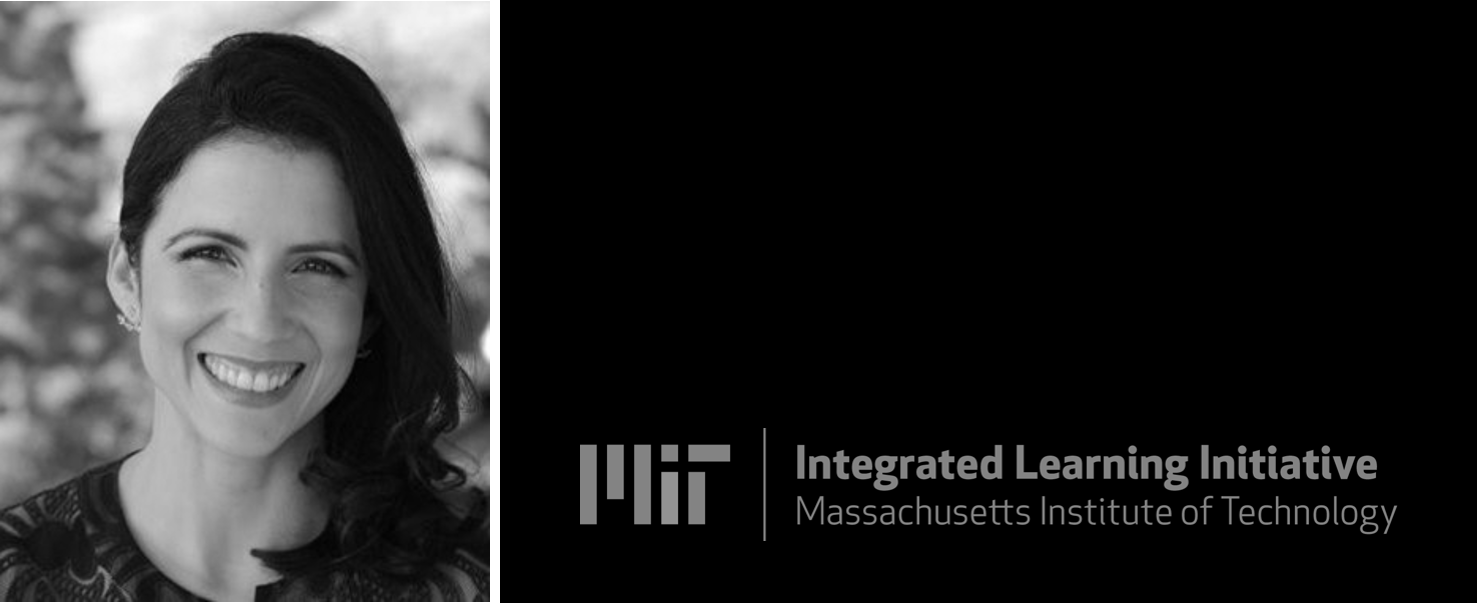
Q&A with Lourdes Aleman, Associate Director for Teaching and Learning
Lourdes joined the Teaching + Learning Lab in 2017. Prior to arriving at T+LL, Lourdes worked in MIT’s Office of Digital Learning (ODL) helping MIT faculty implement best practices in their blended and online courses. In her current role at the Teaching + Learning Lab, she advises faculty on how to innovate in the classroom, teaches graduate students and postdocs how to teach, and assists with teaching and learning initiatives in the Institute. In addition, she teaches a hands-on biology open ended module for first year students.
As a postdoc and then a research scientist in the Education Group, Lourdes helped develop, implement, disseminate and assess a suite of innovative software tools for teaching experimental design and data analysis in biology courses at MIT.
When did you first become interested in teaching and learning?
When I was younger, I always loved explaining and teaching to peers. I still remember playing teacher with dolls growing up. My first professional inclination happened when I was a junior in college where I got to be a teaching assistant for a large introductory course at Brown University. I remember thinking “if I can do this for the rest of my life I will be happy.”
What is the number one issue you see facing faculty in the classroom?
This is a complex question. I would say that during pre-COVID times I often found myself talking to faculty that were motivated to be good teachers but lacked the time to investigate and experiment with research and evidence-based practices. During the pandemic, faculty have had to do so much more work to make sure that their students are engaged during synchronous sessions and intentionally think about how to build community. For students learning remotely, it can be very difficult to stay motivated and persist during such difficult and stressful times. Therefore, faculty need to get up to speed very quickly with new technologies and strategies for engaging their students. The lack of time is still an issue and of course there are many more stressors for faculty during current times.
How has COVID effected the way you help new faculty assimilate?
One silver lining of COVID times is that it has put a spotlight on teaching and increased the need for improving our courses. More than ever before, we are finding that faculty are more receptive to new ideas and are trying new things. This summer we hosted a series of workshops in collaboration with Open Learning to help faculty get ready for this fall called “Get Ready to Teach Remote”. Faculty attendance and participation was very robust and we were able to interact with many more faculty than usual, both new as well as more senior faculty.
What is your go-to advice for new faculty when it comes to best-practices?
Every situation is different and therefore my advice changes depending on the context. For faculty who are familiar with best practices, as more of our new faculty are these days, I advise them to try to incorporate them slowly. The first few years one teaches a new class can be difficult and trying to do too many things at the same time can be really overwhelming. You can try small changes every year and you don’t have to change your whole course at one time. You can start by experimenting with a new best practice, like active learning, within a module in your course and slowly work out the kinks before you implement it fully. Another go-to advice that tends to come up often with new faculty is the importance of working backwards in your curriculum, deciding first what you would like your students to know and do and then designing your course around it. It is really easy to get excited about a new topic or an interesting project you want your students to tackle without articulating for yourself if it is serving the purpose of supporting the learning you want to see in your students. Articulating and being explicit about your expectations for learning and course structure with your students is another piece of advice that new faculty tend to find helpful. Well-intentioned changes can sometimes fail when students don’t know or understand why they are being implemented.
What is your favorite thing about working at MIT?
MIT is the type of place with a tremendous can-do attitude and amazing colleagues. Interesting projects can be envisioned and put in to practice. And of course, working with our amazing students is always a huge highlight.